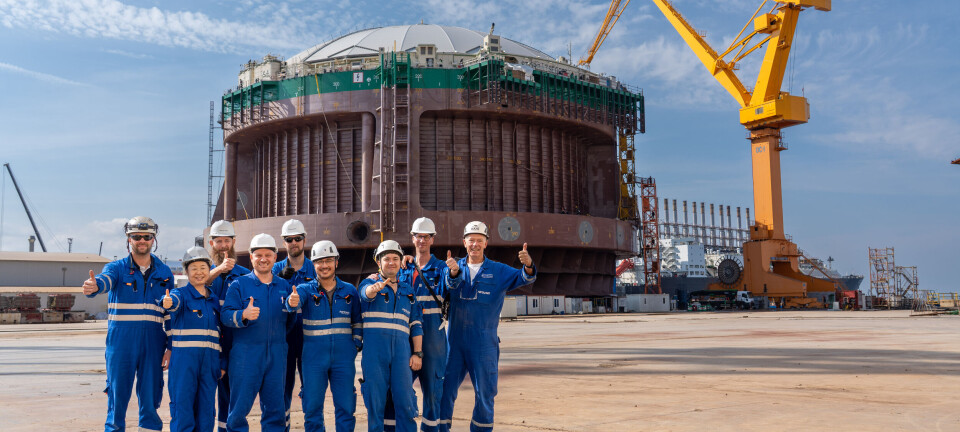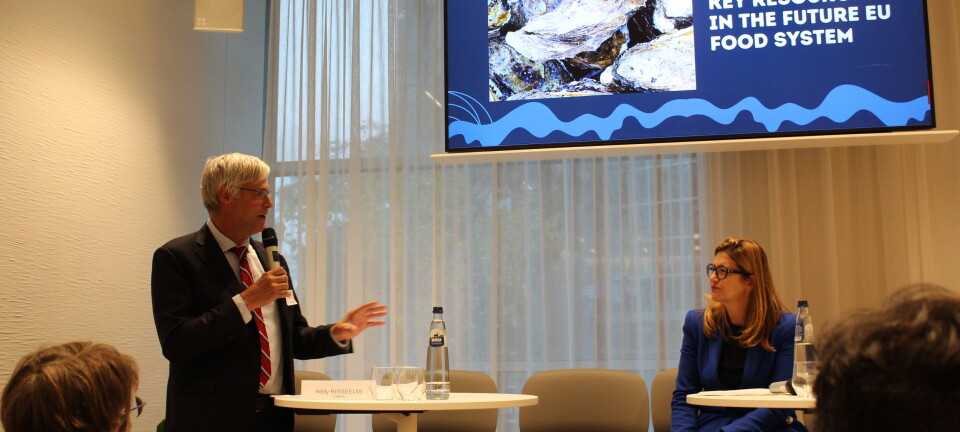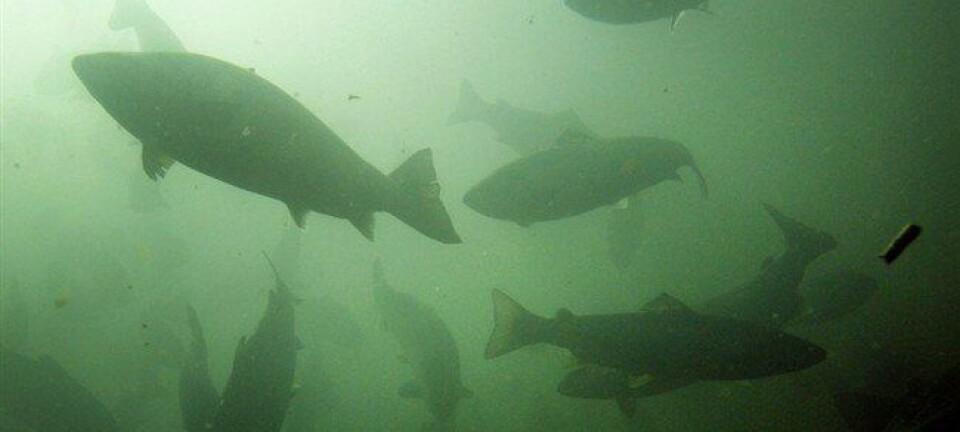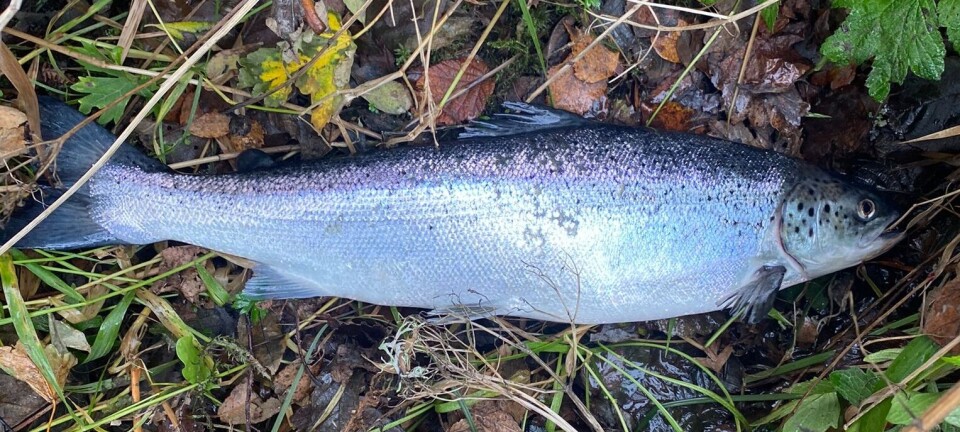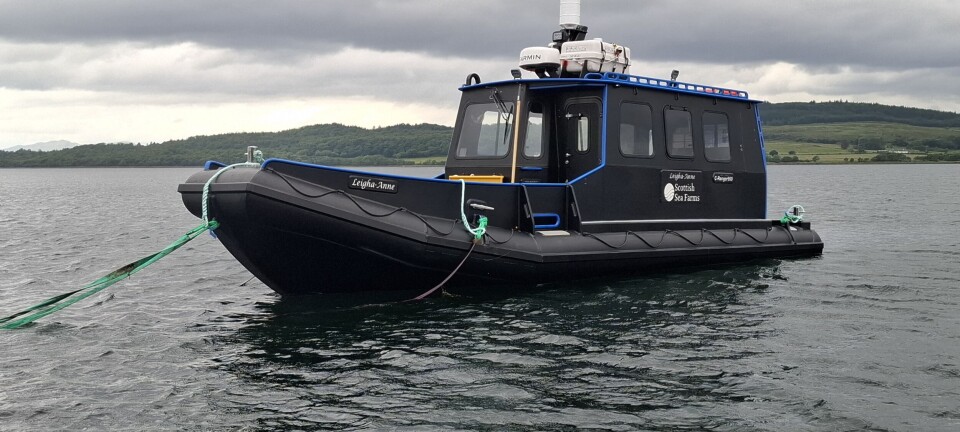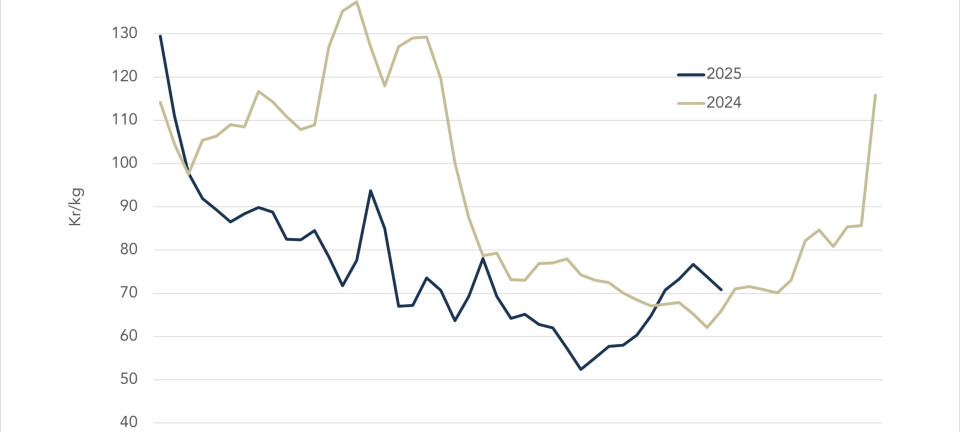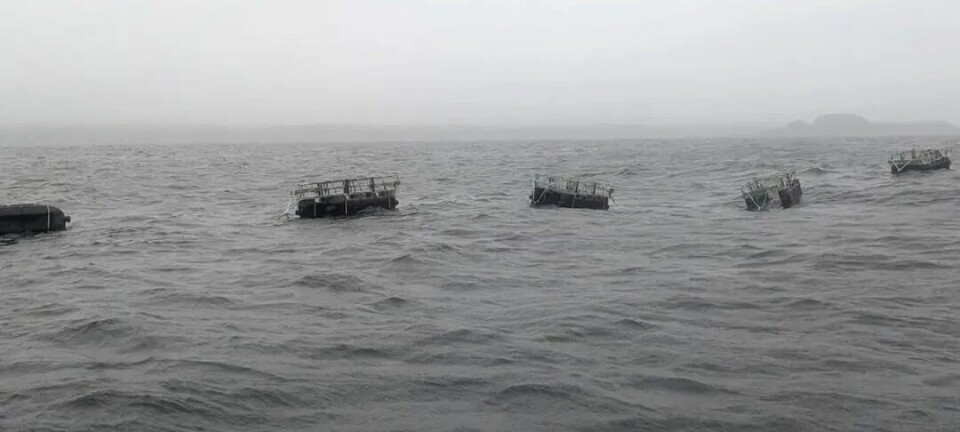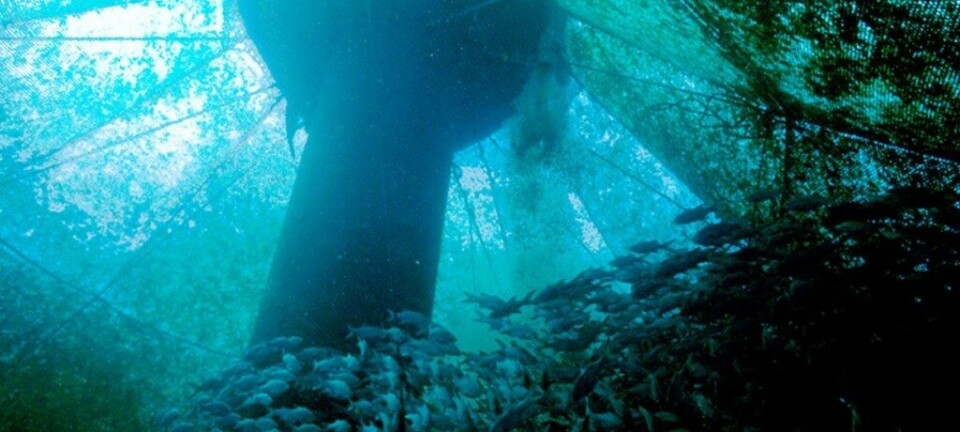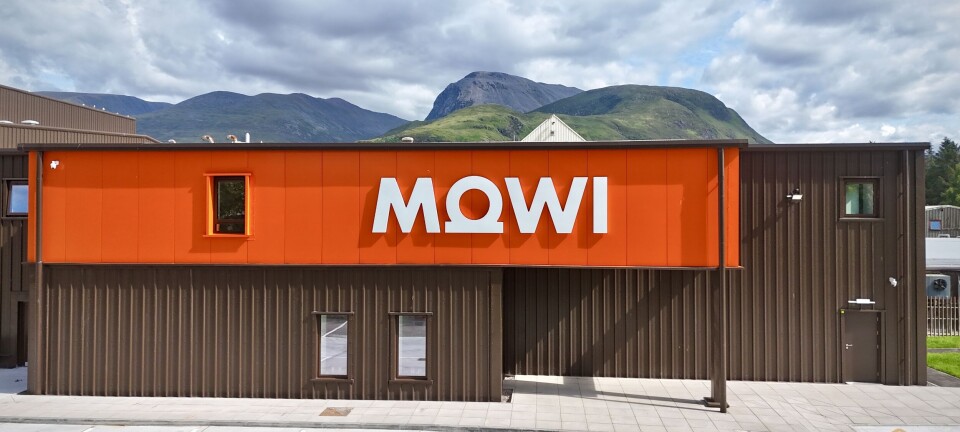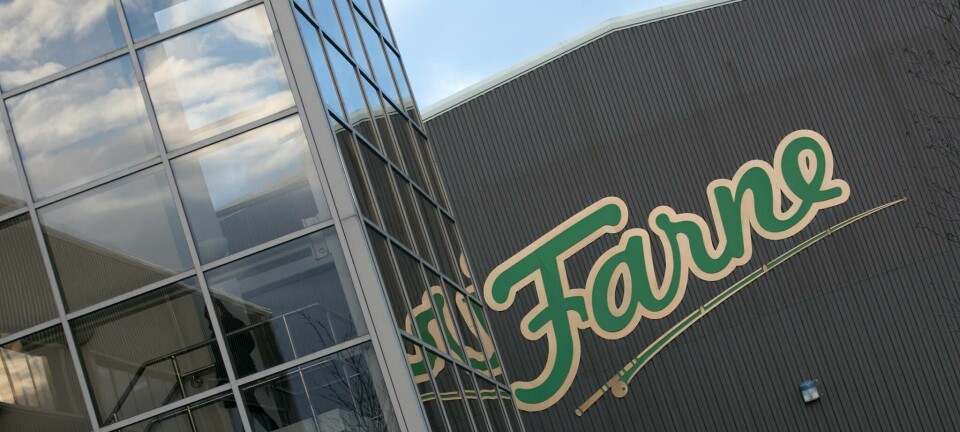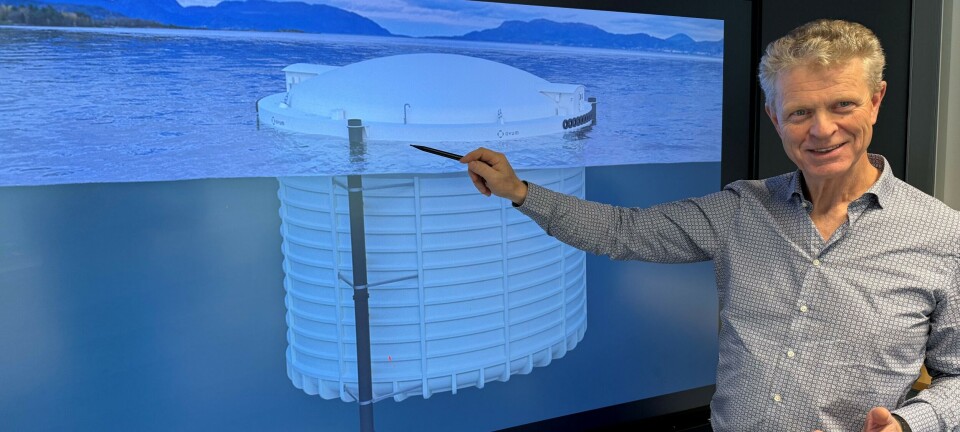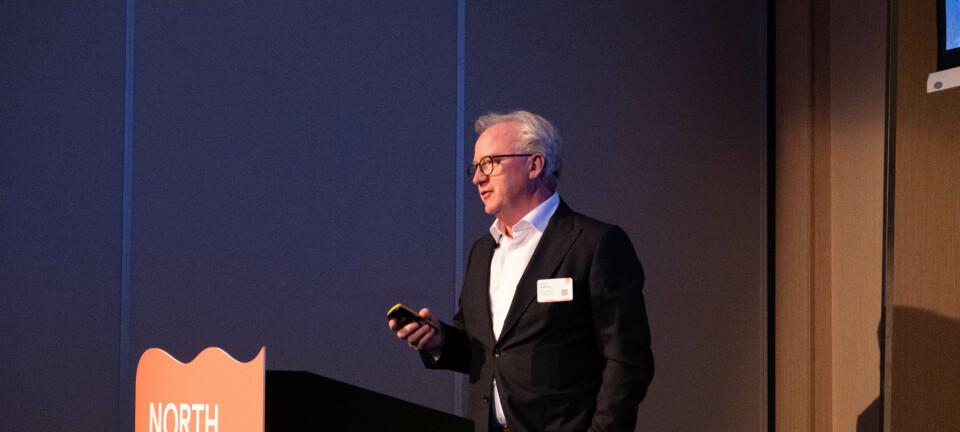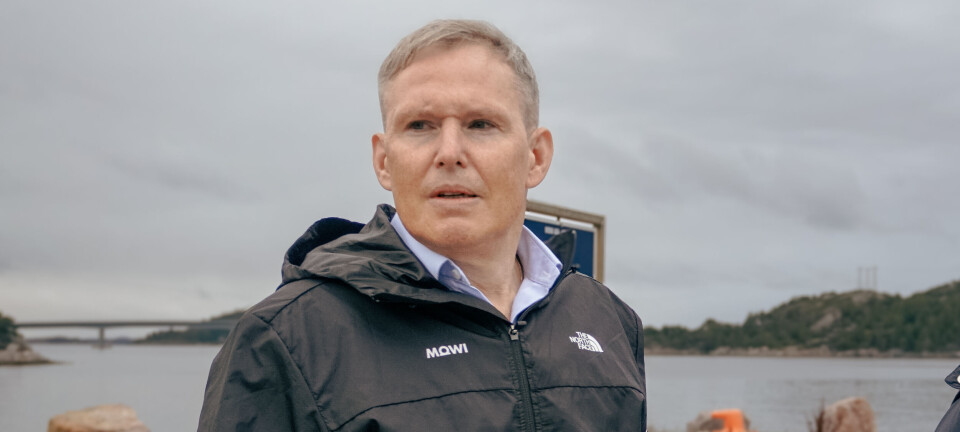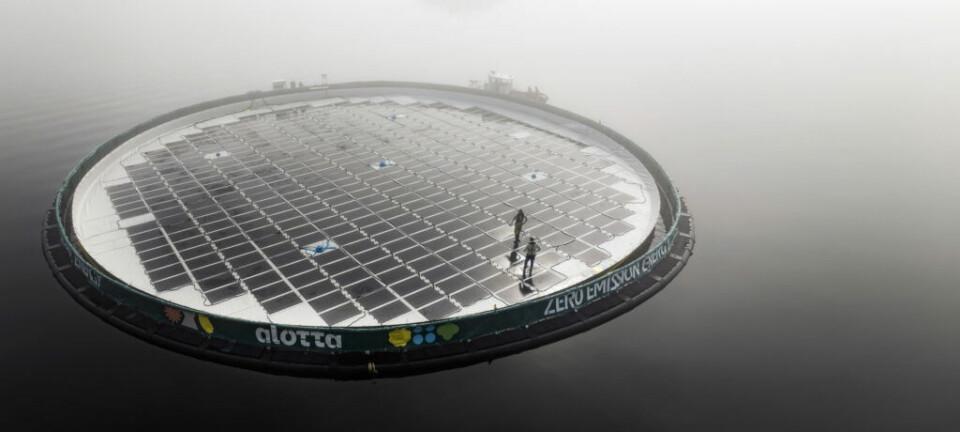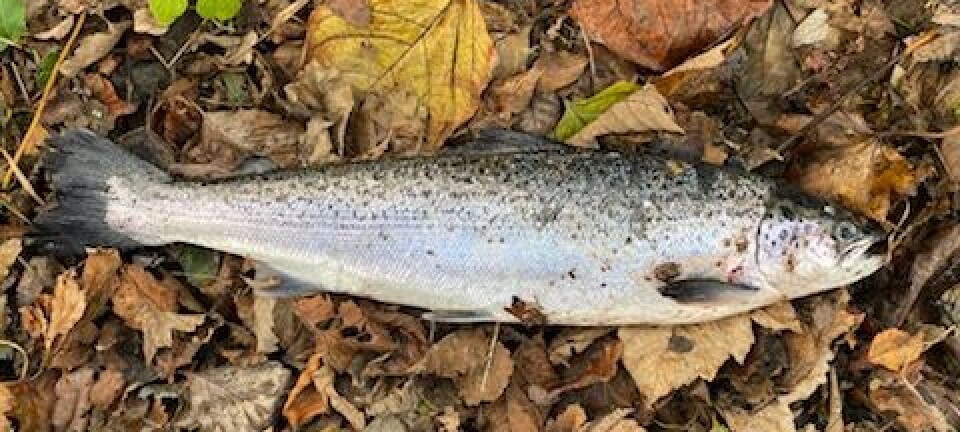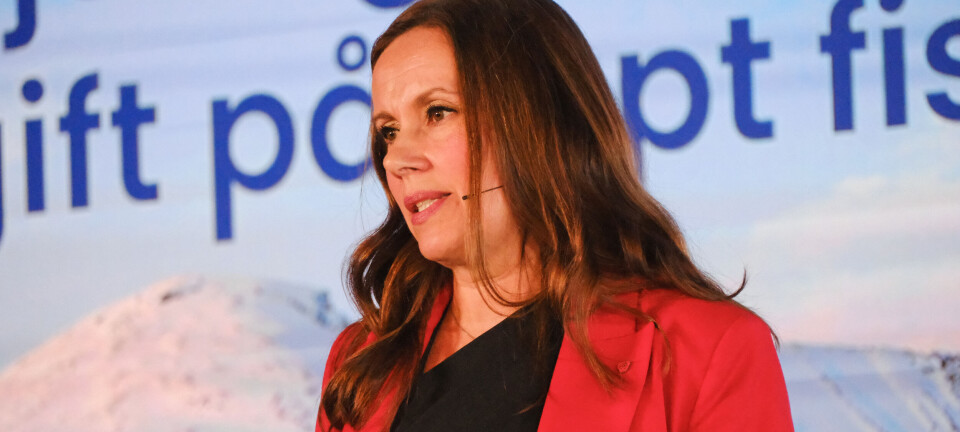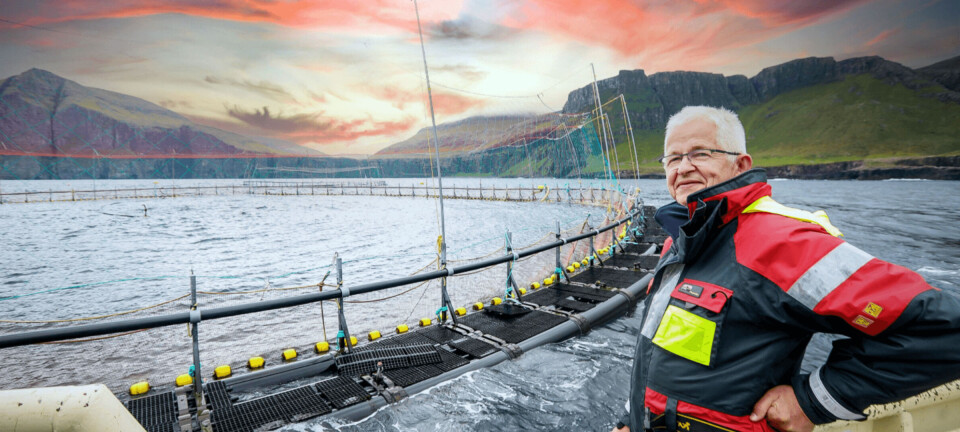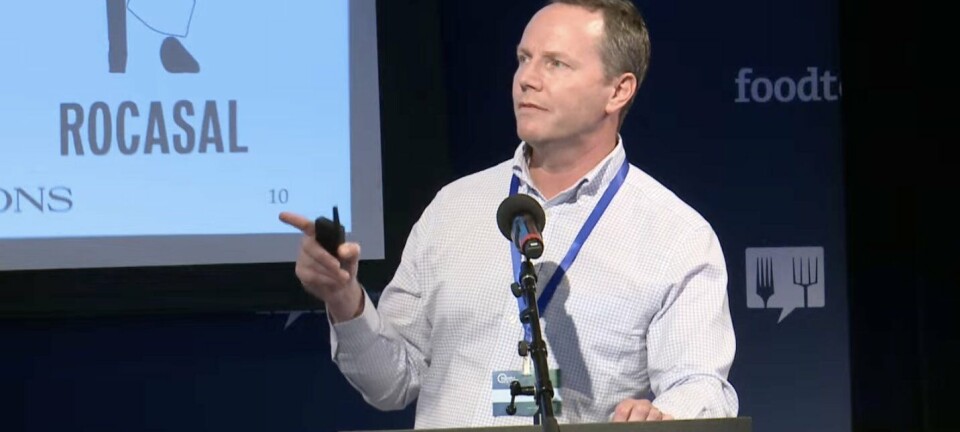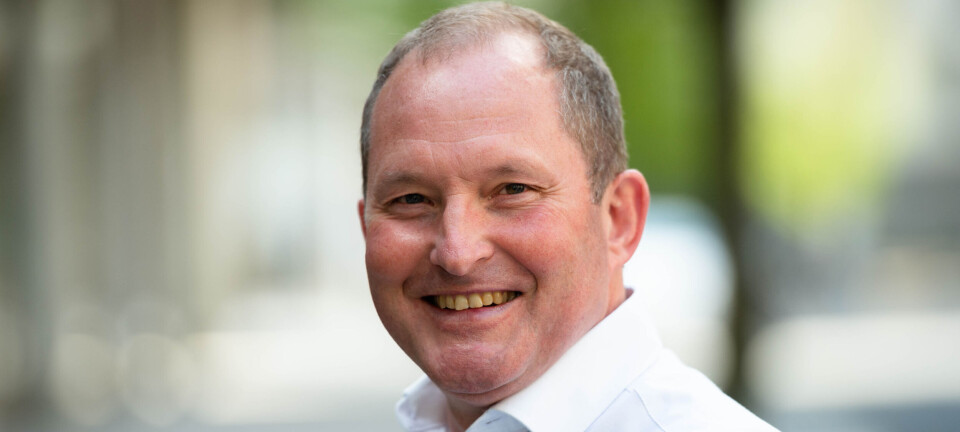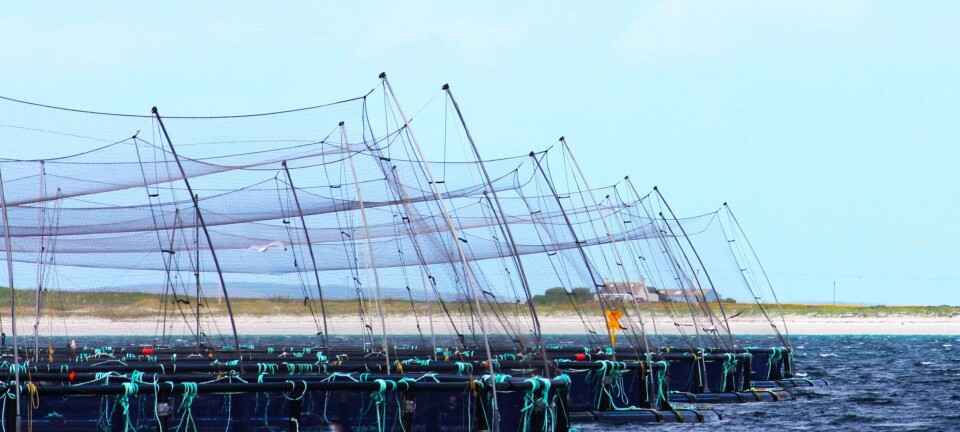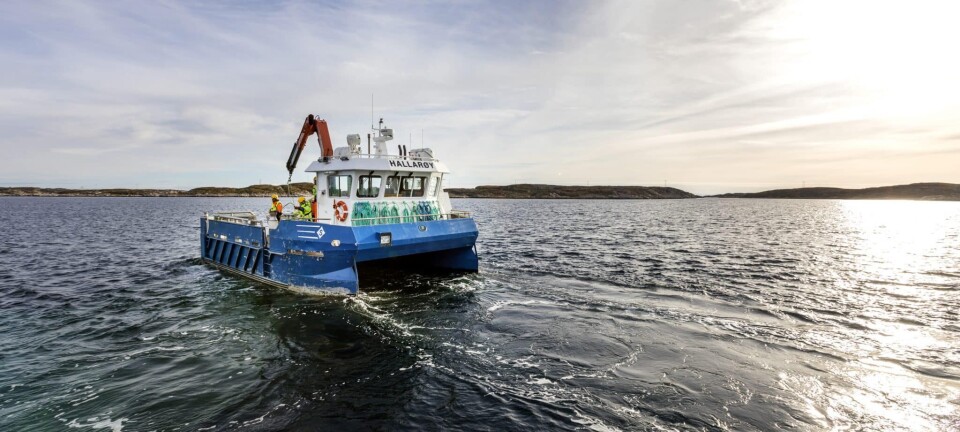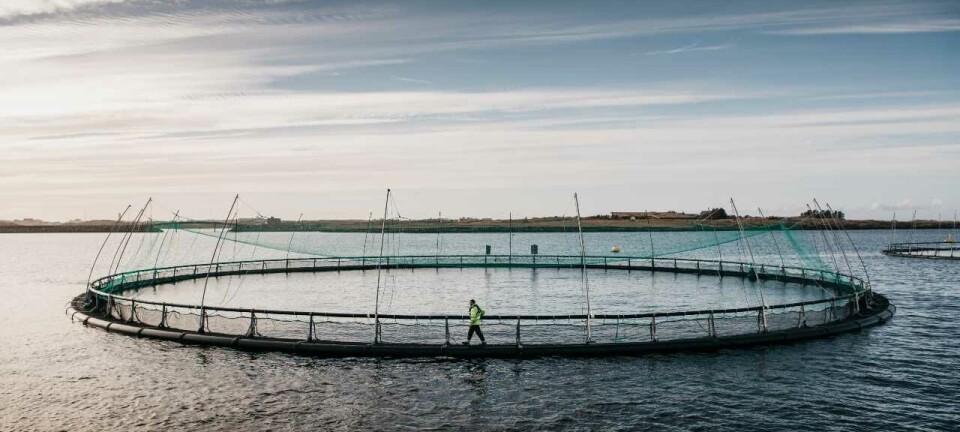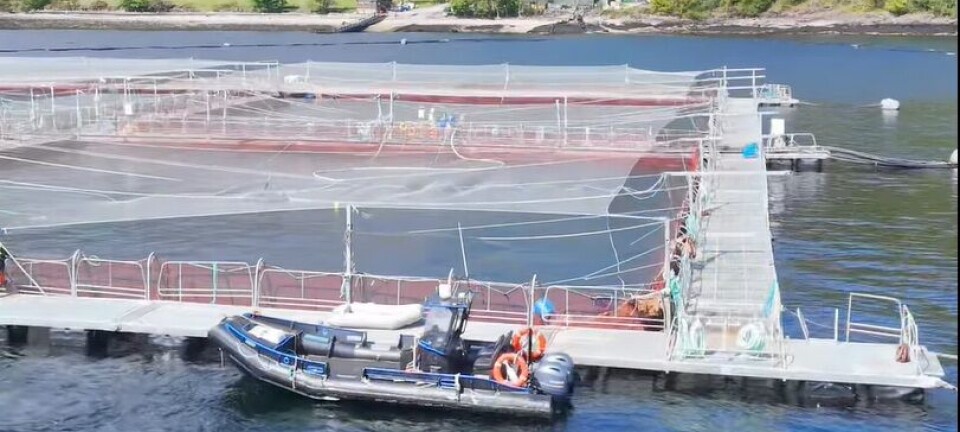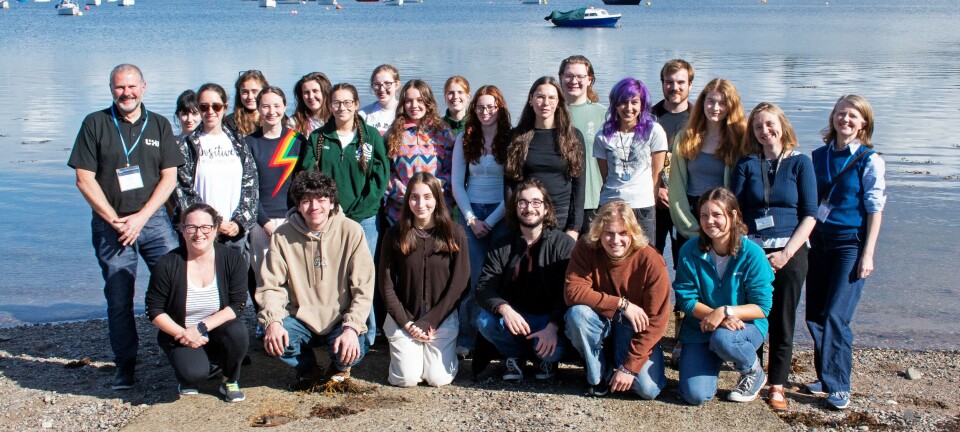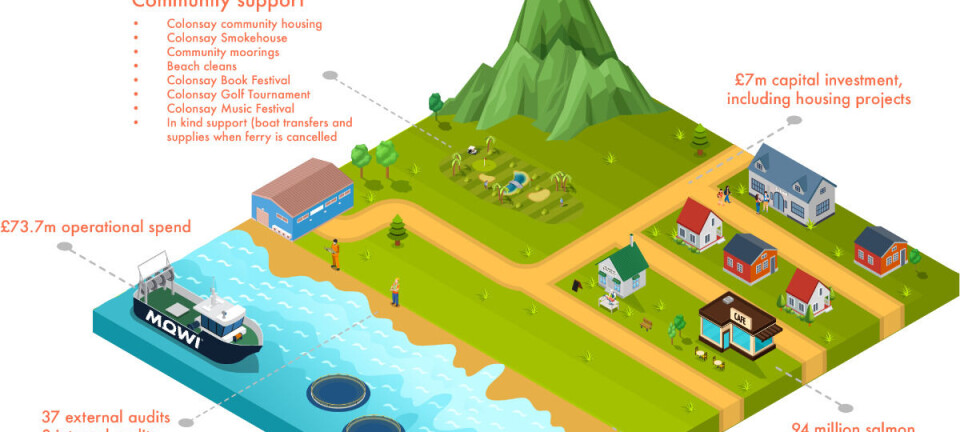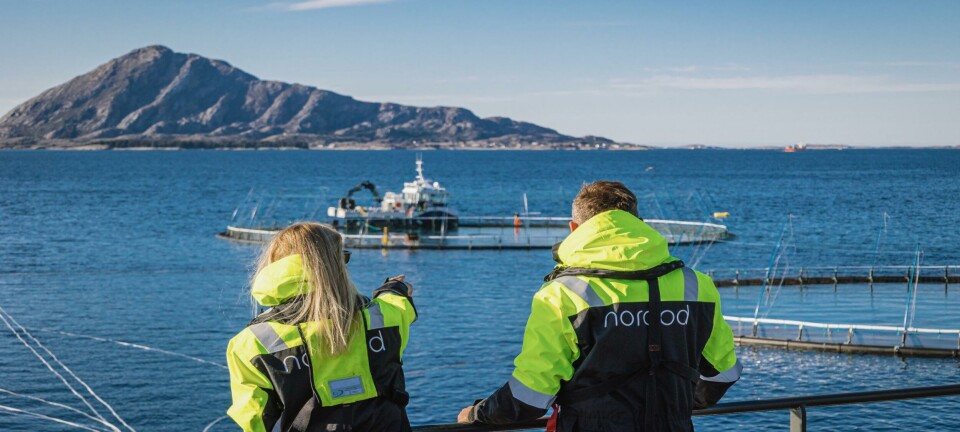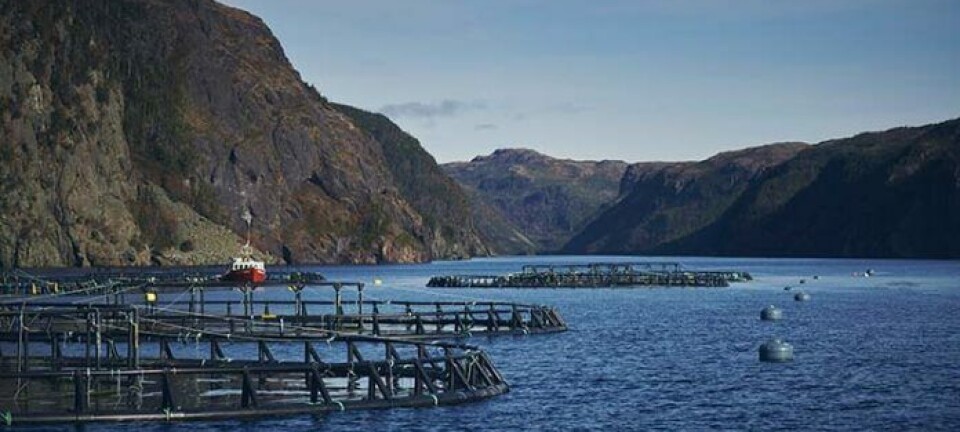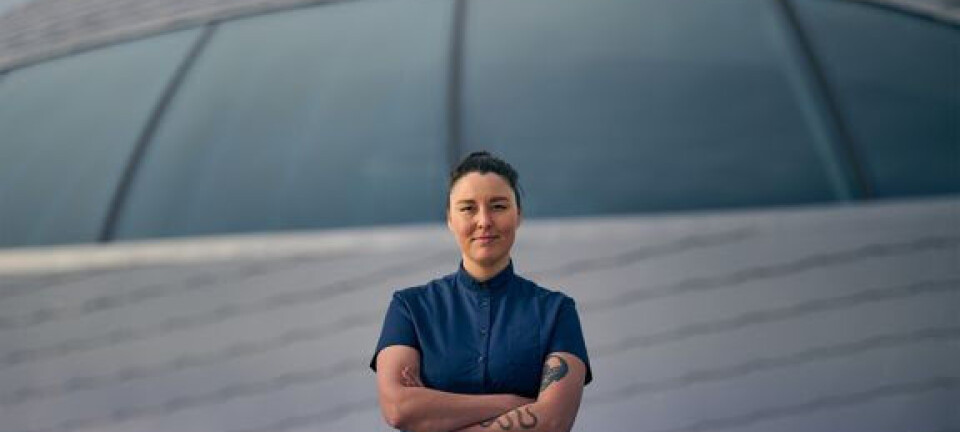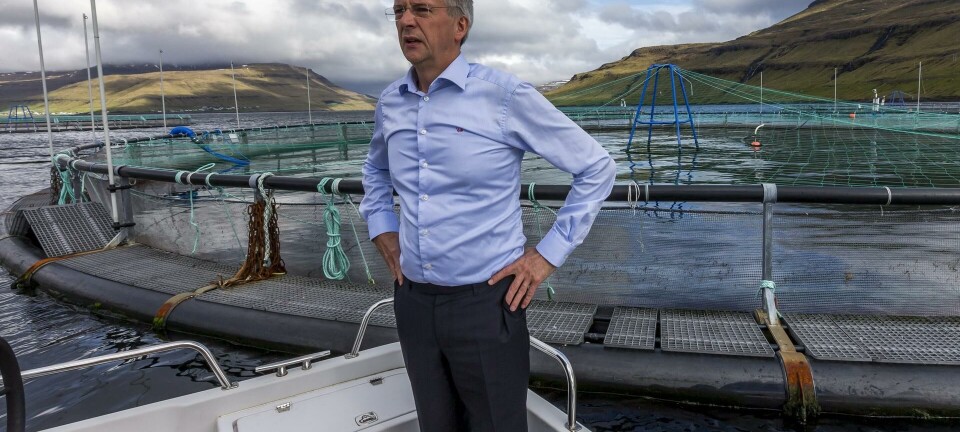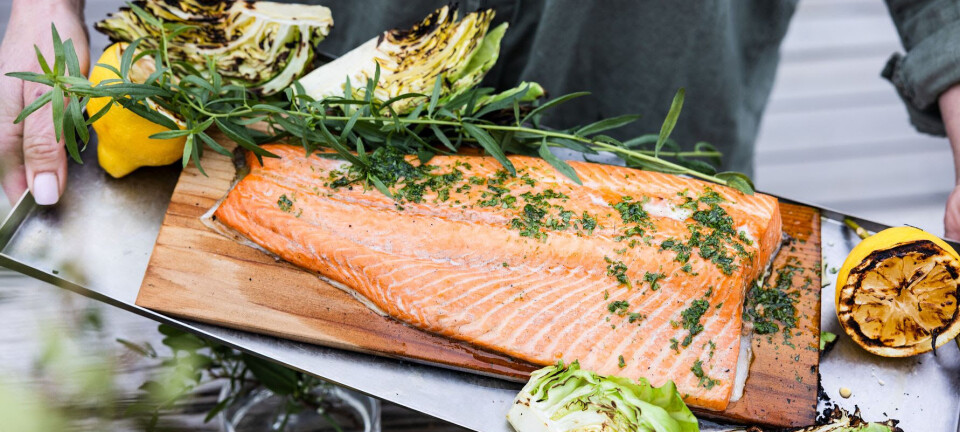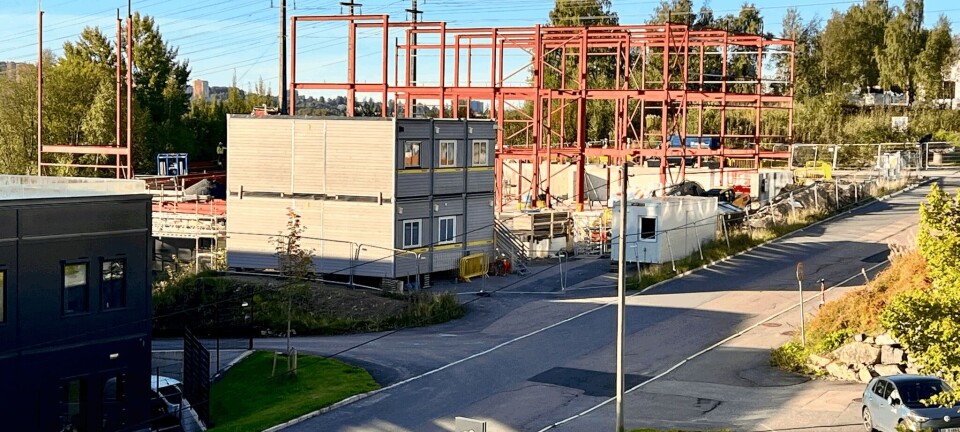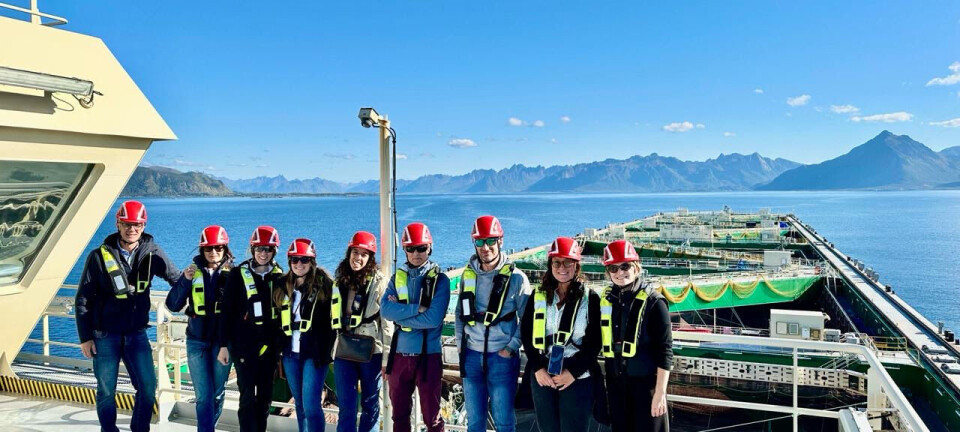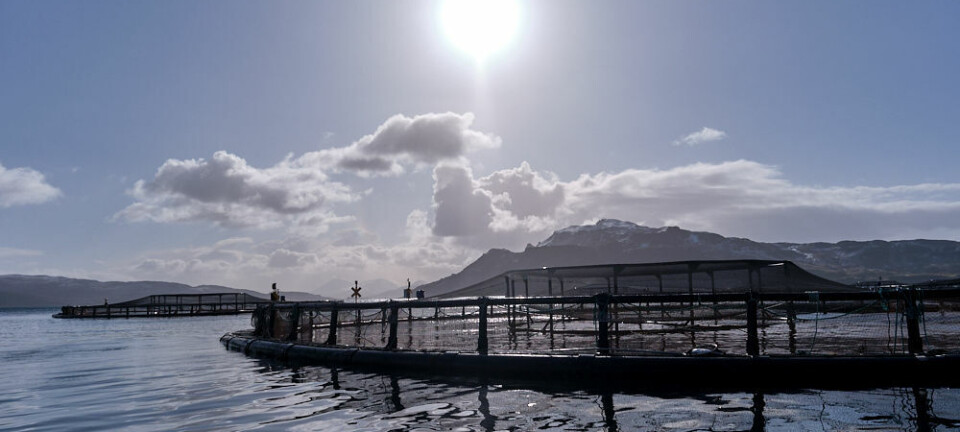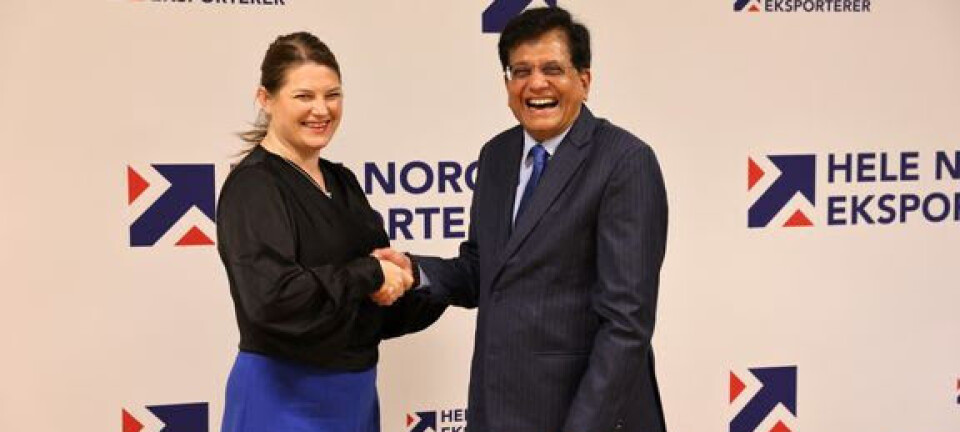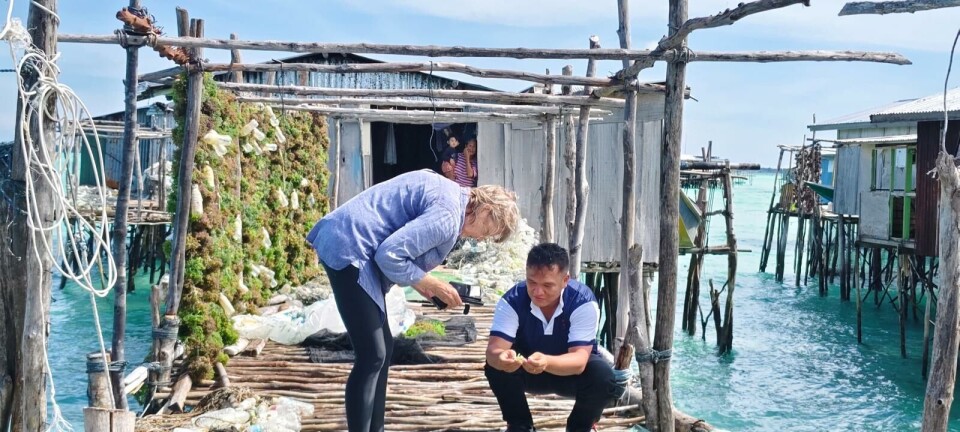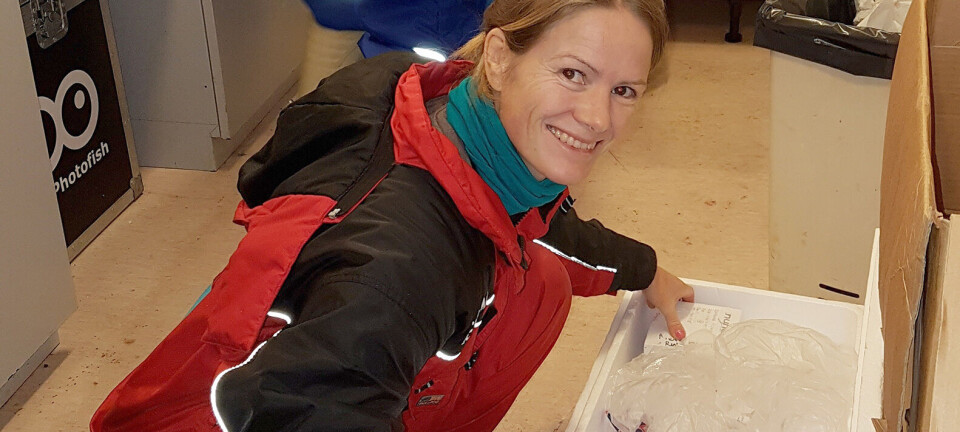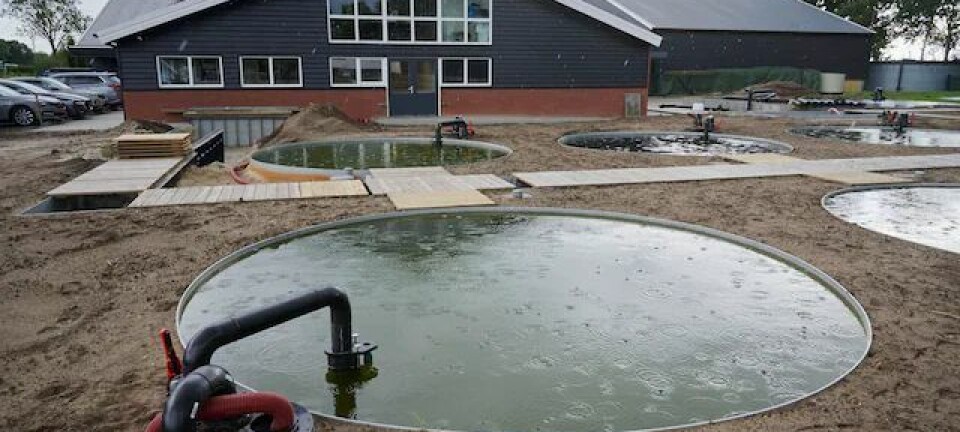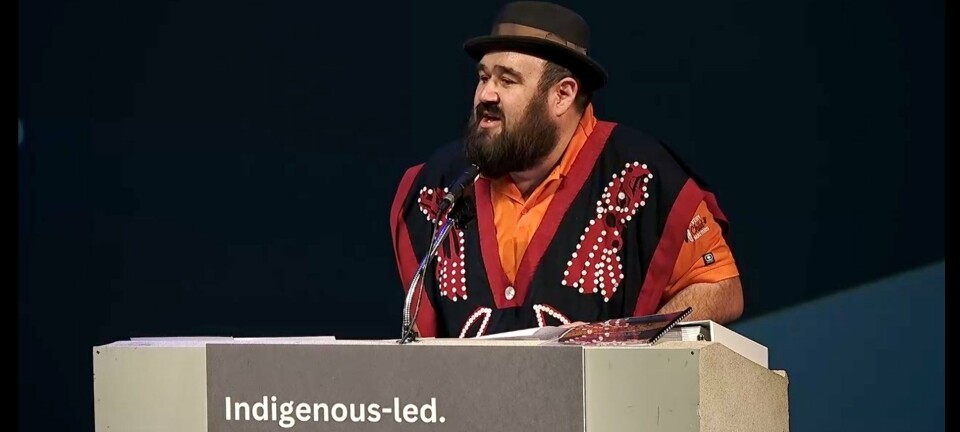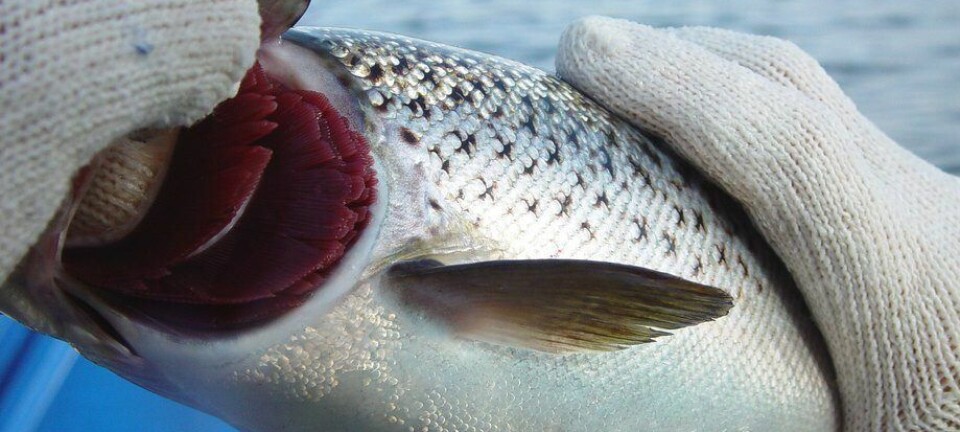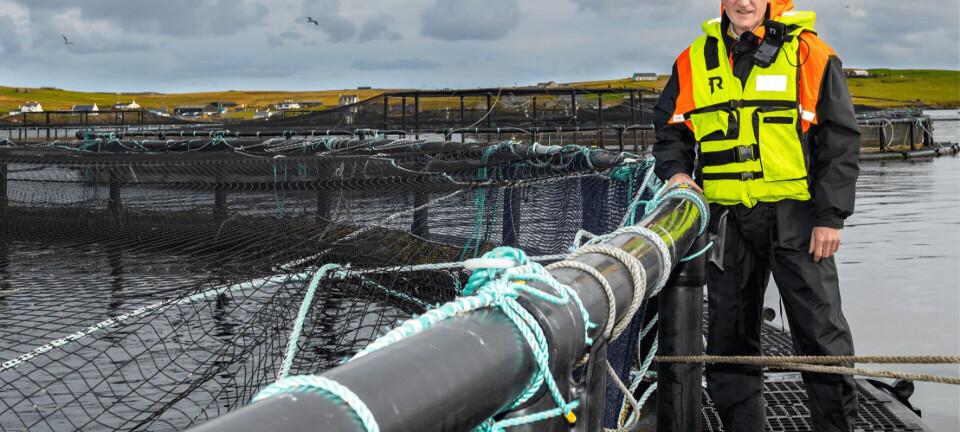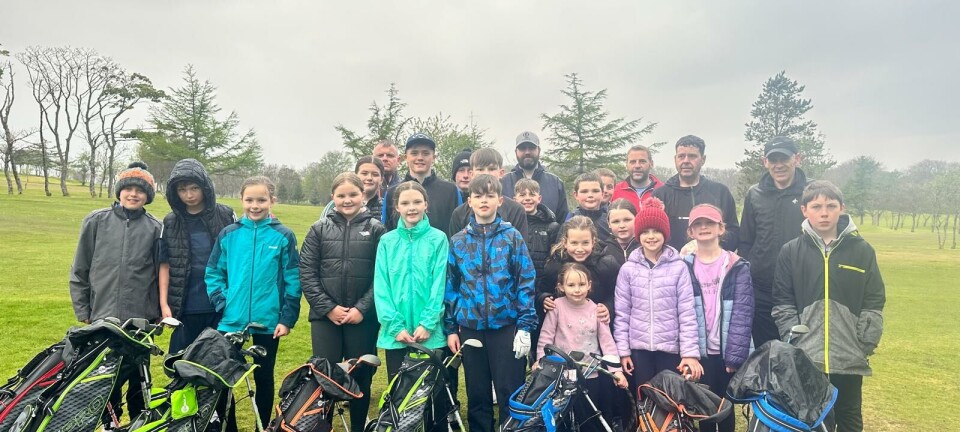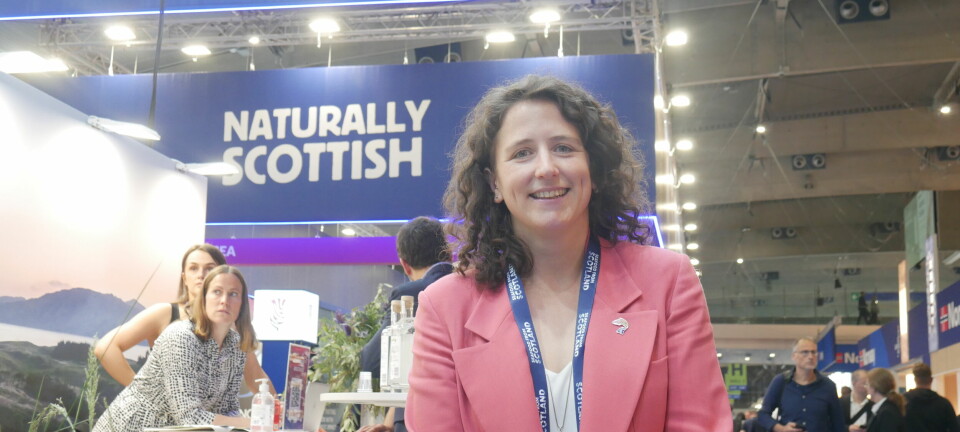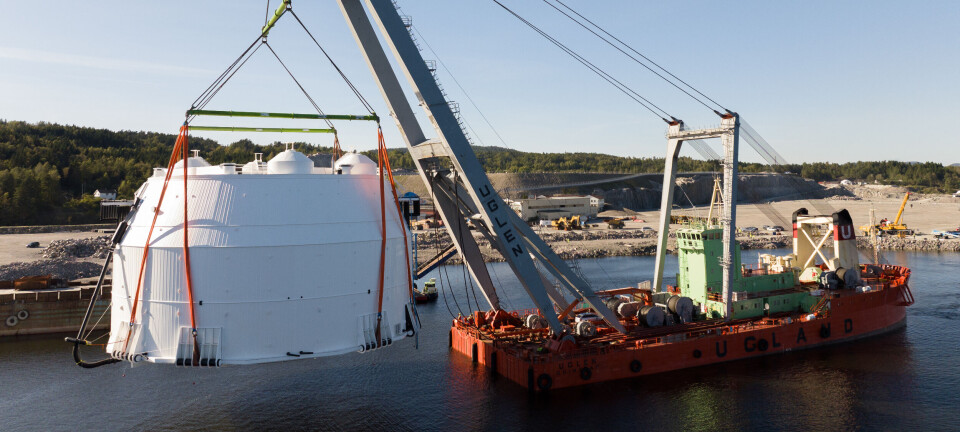
First lab-grown salmon wins US regulatory approval
A US start-up creating cultured coho salmon has become the first such seafood company to win FDA (Food and Drug Administration) approval.
San Francisco-based Wildtype, which has been championed by actor and anti-salmon farming campaigner Leonardo DiCaprio, now has its salmon on the menu at Kann in Portland, Oregon, and is preparing to launch its products in four other restaurants as well as retail outlets in the US, reported the website Green Queen.
The company’s scale-up was backed by feed giant Cargill as part of a total of $120 million funding raised before gaining regulatory approval.
Pacific salmon cells
Wildtype produces its sushi-grade salmon by reproducing Pacific salmon cells in stainless steel bioreactors that look similar to the tanks found in a brewery.
The company’s lab-grown salmon takes between four and six weeks to cultivate and has the advantage of being waste-free, as Wildtype produces only edible cuts.
“We have no questions at this time about Wildtype’s conclusion that foods comprising or containing cultured coho salmon cell material resulting from the production process defined in [its application] are as safe as comparable foods produced by other methods,” said the FDA.
Scientific and safety consultation
Wildtype is the fourth cultivated-protein producer to complete the rigorous US pre-market scientific and safety consultation, and the third to have full approval to sell, said the Association for Meat, Poultry, and Seafood Innovation (AMPS).
The organisation welcomed the FDA’s ruling on Wildtype, which was founded nearly a decade ago by Aryé Elfenbein and Justin Kolbeck.
"This will mean 100% American-made, healthy, fresh, sushi-grade seafood grown directly from fish cells will be on menus at restaurants in the US, making cultivated proteins available to American consumers from now on, beginning May 2025.”
Pilot-scale facility
In 2021, Wildtype opened a pilot-scale facility in San Francisco’s Dogpatch neighbourhood. At the time, it had the ability to produce 50,000 lb of seafood a year, which could be expanded to 200,000 lb at maximum capacity.
But it will need to scale up production significantly if it is to reach price parity with conventional salmon.
